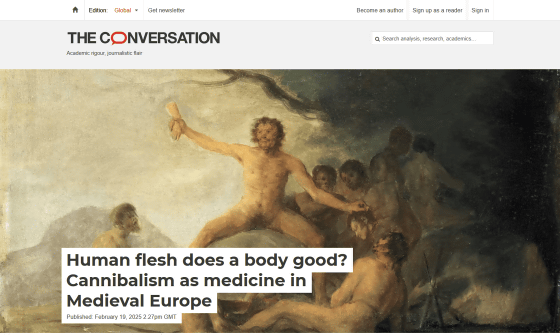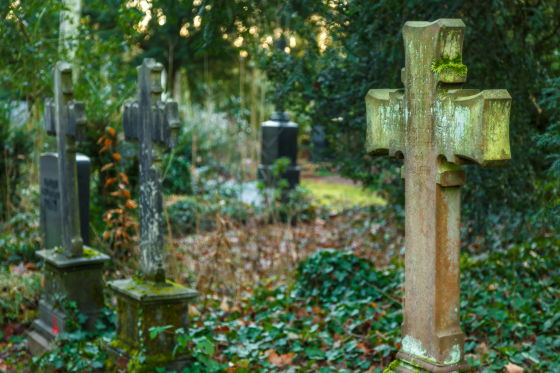What was the 'cannibalism as medicine' practiced in medieval Europe?

'
Human flesh does a body good? Cannibalism as medicine in Medieval Europe
https://theconversation.com/human-flesh-does-a-body-good-cannibalism-as-medicine-in-medieval-europe-250126

Since ancient times, in Europe and other parts of the world, parts of the human body have been considered materials used for all kinds of treatments and healing. Therefore, it is said that there was a widespread culture in Europe of ingesting parts of the human body as 'medicine.'
As evidence, the 5th century ' Codex Theodosianus ', a compilation of the laws of the Roman Empire, and the 7th century ' Codex Visigothicus ', a compilation of the laws of the Visigothic Kingdom , contain laws that forbid the disturbance of graves, as well as the desecration of corpses in order to produce any medicines derived from the human body, including blood.
From the 7th century onwards, various countries also had laws prohibiting the digging of tombs for the purpose of obtaining therapeutic ingredients, and these laws spread and continued to be passed down in Europe because of the persistence of the practice of eating human body parts for medicine, Rodrigues points out.

As Christianity was established, books called 'Handbooks of Penance' appeared, which listed a wide variety of sins and their corresponding punishments. These books give us a glimpse into what the early medieval church considered problematic or acceptable in regulating society in terms of violence and sexuality.
For example, the 8th century book '
The most famous contemporary example is Theodore of Tarsus , Archbishop of Canterbury in England in the 7th century, who forbade the consumption of blood or semen to 'women who had drunk the blood of their husbands for medical purposes.' This evidence suggests that the practice of eating human body fluids or body parts as part of a medical treatment existed.

On the other hand, Christianity had a culture of veneration for people who were considered
In addition, the legend of the baptism of Constantine I , the Roman emperor in the first half of the 4th century, by Pope Sylvester I shows Christian intent to prevent the cruel practice of cannibalism.
According to legend, Emperor Constantine I, who was suffering from leprosy, decided to kill thousands of children and cure himself by bathing in their blood, as recommended by his doctor. However, after being persuaded by Sylvester I and the children's mothers, he was baptized instead of the cruel treatment, and his leprosy was miraculously cured.
'The story is meant to highlight the cruelty of pagan beliefs and their lack of respect for the human body, and to convey the power of Christian faith as a counterpoint to the vile superstitions that came before,' Rodriguez said.

Even in modern times, some sources claim that parts of the human body (such as fat, blood, and urine) have medicinal properties, and these beliefs are linked to stories of vampires and werewolves who feed on human blood.
'Long before the 1800s, before the colonization of America and Africa, cannibalism was an important part of the cultural struggle between barbaric paganism and Christianity,' Rodriguez said. 'But Christianity never completely abandoned cannibalism, rather it refined it, seeking healing through contact with and consumption of holy relics.'
Related Posts:
in Free Member, Note, Posted by log1h_ik







